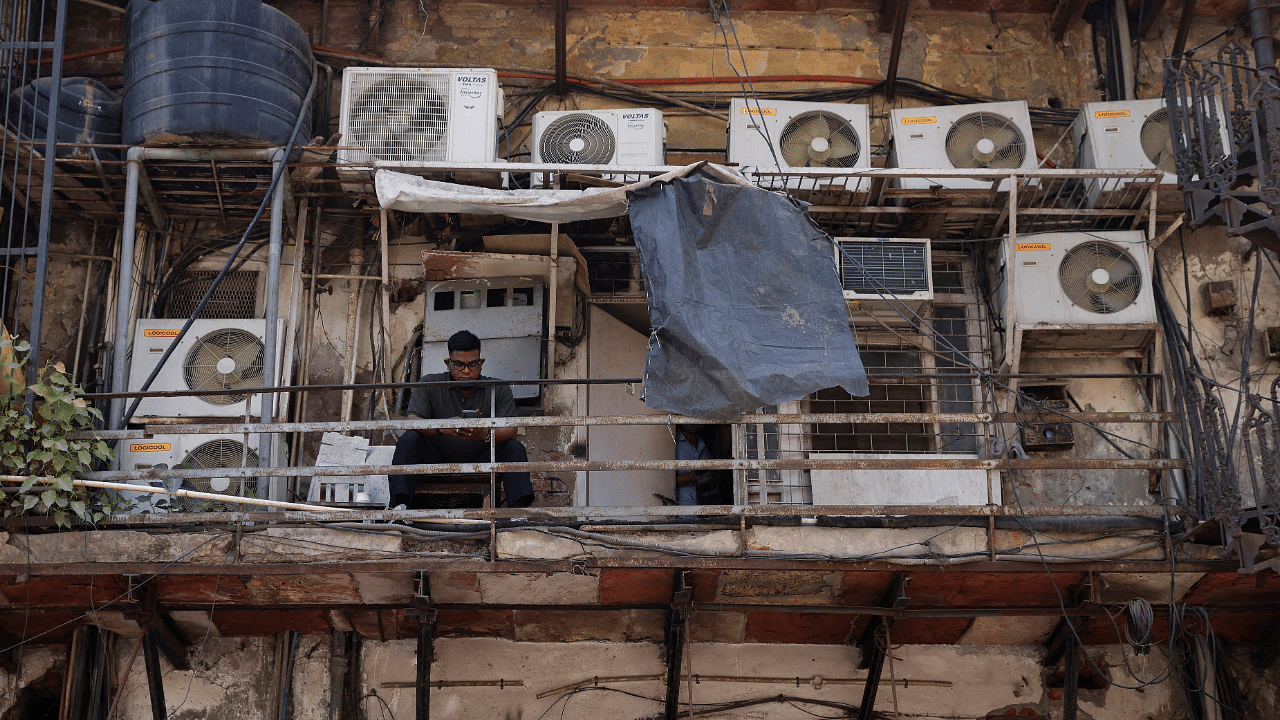
The Centre on Tuesday warned states about an unusual rise in temperature in the coming weeks even as farmers keep their fingers crossed on the wheat harvest due to a possible threat from a warm March after February recorded the highest temperature in the past 120 years.
For February, the all-India monthly average maximum temperature was 29.54 degrees Celsius, which is the highest since 1901. The average minimum temperature was 16.31 degrees Celsius – the fifth highest since the same period said an official from India Meteorological Department.
Unusually high February temperature was recorded in vast swaths of northwest India, central India and east and northeast India. The average maximum temperature was the highest in northwest India and second-highest in central India since 1901.
The average minimum temperature was second highest in 2023 in northwest India and third highest in the east and northeast over the last 122 years.
"Monthly maximum temperatures for March 2023 are likely to be above normal over most parts of the country except peninsular India. Monthly minimum temperatures are most likely to be above normal in the same period," said SC Bhan, a senior IMD scientist.
Citing the IMD’s March-May seasonal outlook, Union Health Secretary Rajesh Bhushan wrote to the states alerting them about unusually high temperature recorded in some states with a request to keep health centres ready with drinking water, ORS, ice-packs, intravenous fluid and cooling facilities.
State health departments have been advised to keep daily surveillance on heat-related illness and spread the daily heat alerts to the district-level teams. The daily alerts will be issued under the National Programme on Climate Change and Human Health.
Meanwhile, agriculturists are worried about wheat harvest even though government farm scientists brushed aside apprehension about a spike in March temperature singing the wheat crop.
Last week, IMD said a higher day temperature might lead to adverse effects on wheat as the crop was approaching reproductive growth period, which was sensitive to temperature. High temperature during the flowering and maturing periods leads to a loss in yield. There could be a similar impact on other standing crops and horticulture.
The farmers were advised to check if the crop appeared to be under stress and provide light irrigation. To reduce the impact of higher temperatures, mulch material is to be added in the space between two rows of vegetable crops to conserve soil moisture and maintain the soil temperature.
India's wheat production fell to 107.74 million tonnes in the 2021-22 crop year (July-June) from 109.59 million tonnes in the previous year due to heatwave in some key producing states.
The Centre has set up a committee to assess the possible impact of rising temperatures on wheat crops and issue necessary advisories to the farmers.
